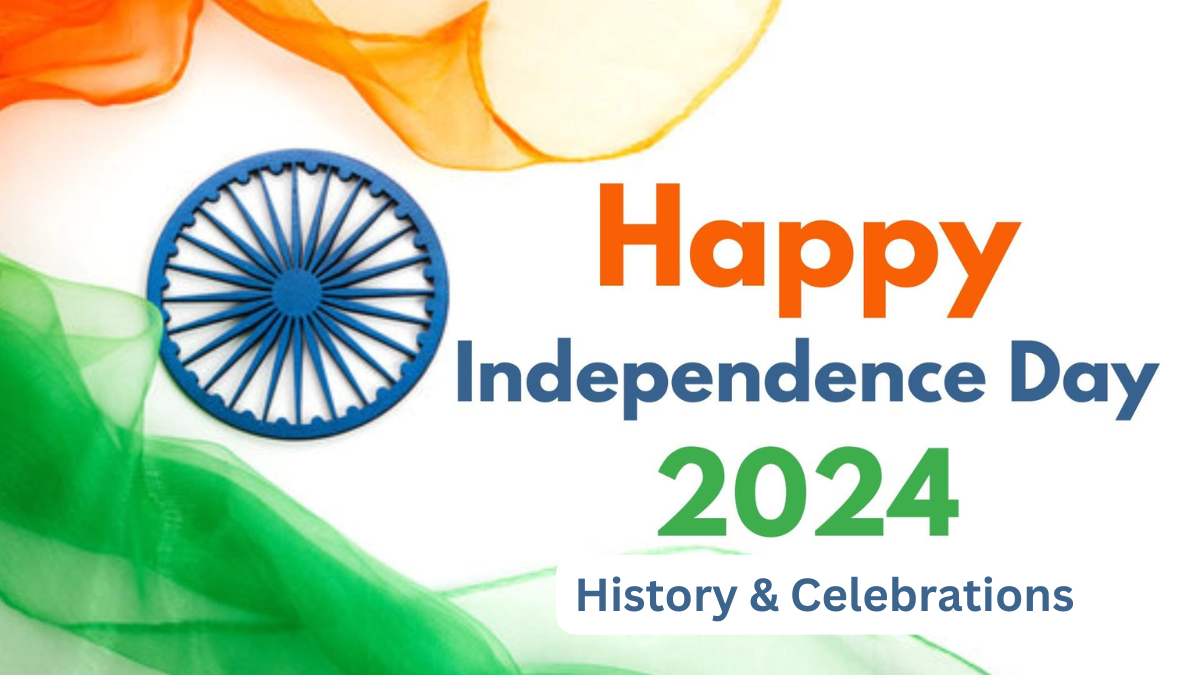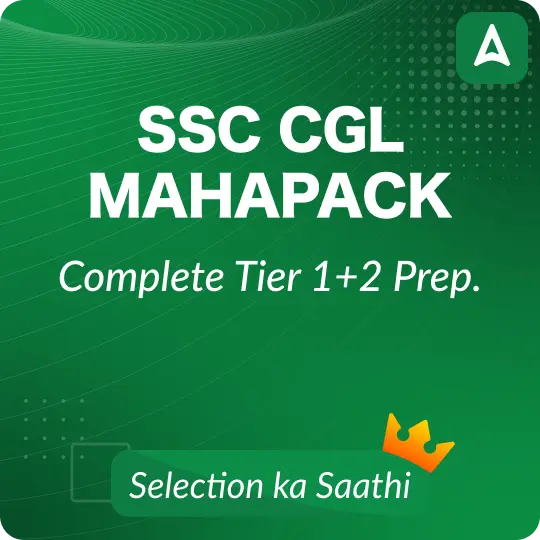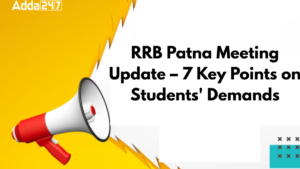Table of Contents
Happy Independence Day
Independence Day 2024 will mark India’s 78th year of Independence from British colonial rule. 15 August holds a special place in the hearts of every Indian, as it marks the day our nation gained independence from the British rule in 1947. The journey to this historic moment was difficult, marked by the sacrifices of countless freedom fighters and the strong will of the Indian citizens.
India celebrates Independence Day on August 15 every year to commemorate the nation’s independence from the United Kingdom in 1947. The UK Parliament passed the Indian Independence Act 1947, which transferred legislative sovereignty to the Indian Constituent Assembly. The struggle for Indian independence began with the Revolt of 1857 and gained momentum under Mahatma Gandhi’s leadership in the 1920s. On July 4, 1947, the British House of Commons introduced the Indian Independence Bill, leading to India becoming an independent nation on August 15, 1947.
On the eve of 15 August 1947, Jawaharlal Nehru, India’s first Prime Minister, delivered his famous “Tryst with Destiny” speech. This tradition continues, with the Prime Minister hoisting the national flag and addressing the nation from the ramparts of the Red Fort in Delhi. Independence Day is celebrated nationwide with flag hoisting ceremonies, parades, cultural programs, and citizens singing patriotic songs. Schools and colleges organize events to honor freedom fighters and instill a sense of patriotism in the youth.
The Prime Minister’s Narendra Modi Independence Day speech in 2024 will be his 11th consecutive address and the first during his third term in office. It will highlight the nation’s progress, achievements, and future goals. Independence Day is a national holiday, allowing citizens to celebrate the dawn of a new era of freedom and honor the countless sacrifices made by freedom fighters to achieve liberation from British colonial rule.
Independence Day before Independence
The idea for complete independence developed at the 1929 Lahore session of the Indian National Congress, and the Purna Swaraj declaration, or “Declaration of the Independence of India” was promulgated. Jawaharlal Nehru hoisted the tricolor flag of India upon the banks of the Ravi in Lahore, which later became part of Pakistan. The Declaration of Independence was officially promulgated on 26 January 1930.
Interestingly, the date of August 15th was chosen by Lord Mountbatten, the last Viceroy of British India, to avoid potential bloodshed and riots. Mountbatten selected this date as it coincided with the second anniversary of Japan’s surrender in World War II, an event he had overseen as the Supreme Allied Commander in Southeast Asia.
The Indian National Congress had been celebrating “Purna Swaraj Day” on 26th January since 1930, as the demand for complete independence from the British. However, the country ultimately gained independence on August 15th, 1947, after the British Parliament passed the Indian Independence Act.
The act formalized the partition of British India into the new dominions of India and Pakistan, with the date of independence selected as 15th August 1947. Initially in 1947, Pakistan also marked its independence on 15 August but they changed it to 14 August in 1948.
“78th Independence Day”
This year India is going to celebrate its 78th Independence Day on 15th August 2024 with pride to mark its freedom from British rule. The Azadi Ka Amrit Mahotsav initiated by the Union government. this year marks 78 years since India achieved independence. Prime Minister Narendra Modi will address the nation from the ramparts of the Red Fort. The Indian tricolor flag would be unfurled by him.
The theme for this year’s Independence Day is “Viksit Bharat or Developed India”. This theme shows India’s goal to become a developed country by 20247, which will be 100 years after gaining Independence.
Amazing Facts about India’s Independence Day:
- The first Indian national flag was hoisted on August 7, 1906, in Kolkata. It had three colors – red, yellow, and green, with “Vande Mataram” inscribed.
- Mahatma Gandhi could not celebrate the first Independence Day on 15 August 1947 in New Delhi as he was on a hunger strike to end the Hindu-Muslim riots in Bengal.
- India’s national flag, the tricolor, is based on the Swaraj flag developed by freedom fighter Pingali Venkayya.
- India’s national anthem, “Jana Gana Mana,” was adopted three years after Independence in 1950. “Jana Gana Mana” was written in 1911, but it was officially adopted and accorded the status of the national anthem of India on January 24, 1950.
- Apart from India, five other countries – Bahrain, North Korea, South Korea, the Republic of Congo, and Liechtenstein also celebrate their Independence Day on August 15.




 RRB Patna Meeting Update – 7 Key Points ...
RRB Patna Meeting Update – 7 Key Points ...
 SSC CGL 2025: Will the Number of Vacanci...
SSC CGL 2025: Will the Number of Vacanci...
 RRB ALP Preparation Strategy 2025, Tips ...
RRB ALP Preparation Strategy 2025, Tips ...


